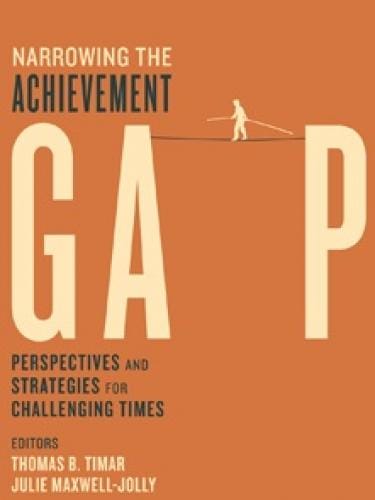Since the 1966 Coleman report, pundits and policymakers have thrown theories, programs, and umpteen dollars at the wall separating black and white student achievement. Yet the divide between the two (as well as those we find between other key demographic groups) remains just as firm as ever. This edited volume from Harvard Education Press offers an overview of the societal and educational factors that have created the achievement gap—and some tepid potential solutions. Much of what the book presents is old hat to the weathered edu-reformer: Schools are not solely to blame and no single solution exists, for example. Still, the volume offers a few refreshing ideas. One chapter, for example, expends much ink dispelling the unyielding belief that more money pumped into education coffers leads to better student outcomes. Instead, W. Norton Grubb offers cost-cutting strategies meant simultaneously to narrow the achievement gap, eliminate waste, improve resource allocation, and identify and replicate successful state policies. While not profound, this is a worthy message, indeed.
Thomas Timar and Julie Maxwell-Jolly, Narrowing the Achievement Gap: Perspectives and Strategies for Challenging Times (Cambridge, MA: Harvard Education Press, 2012).

